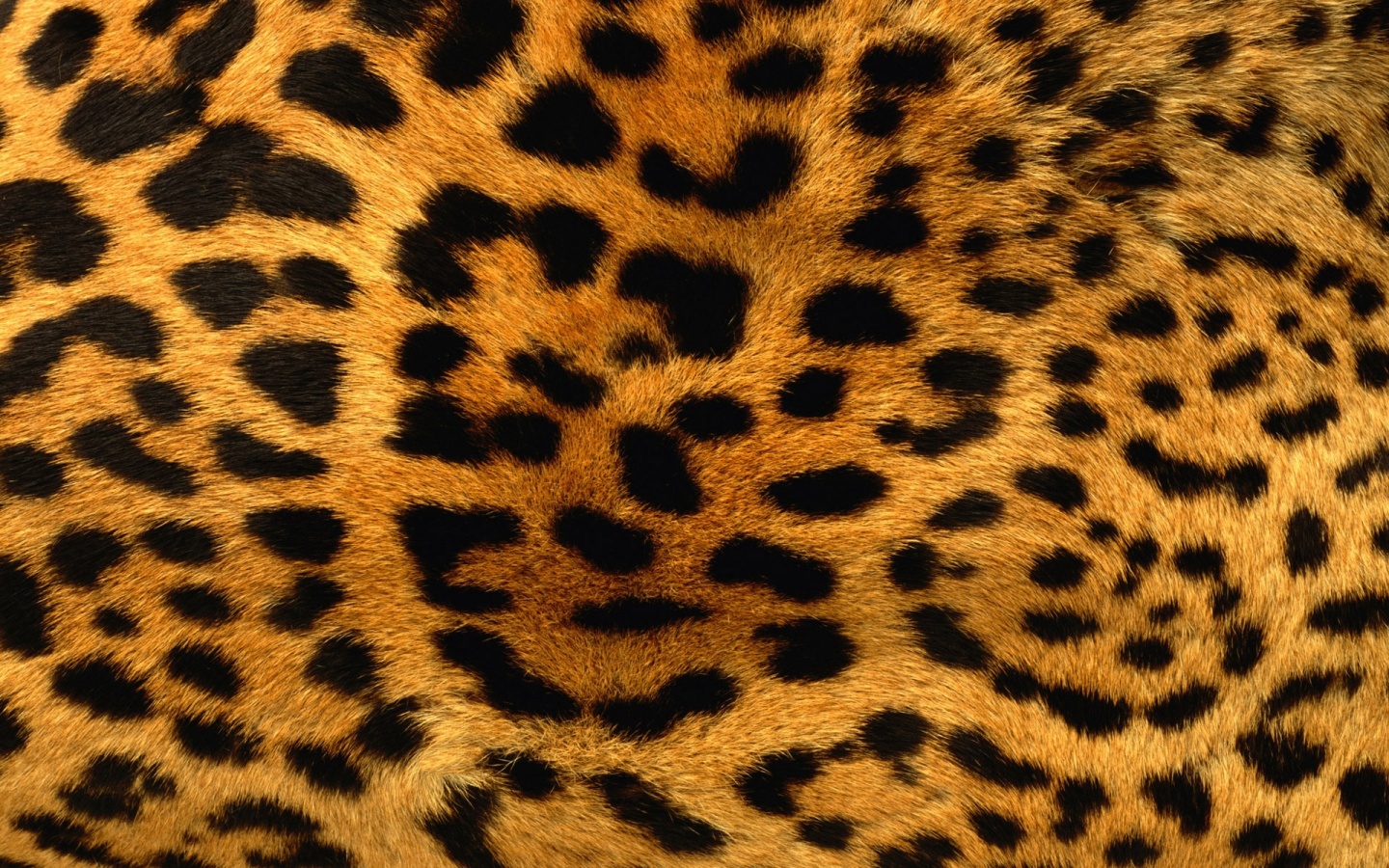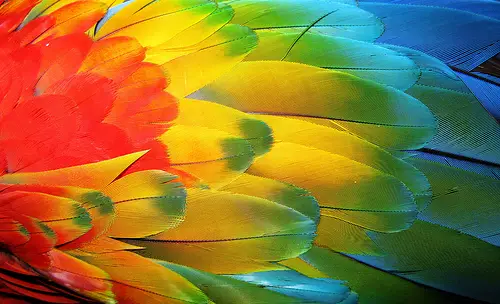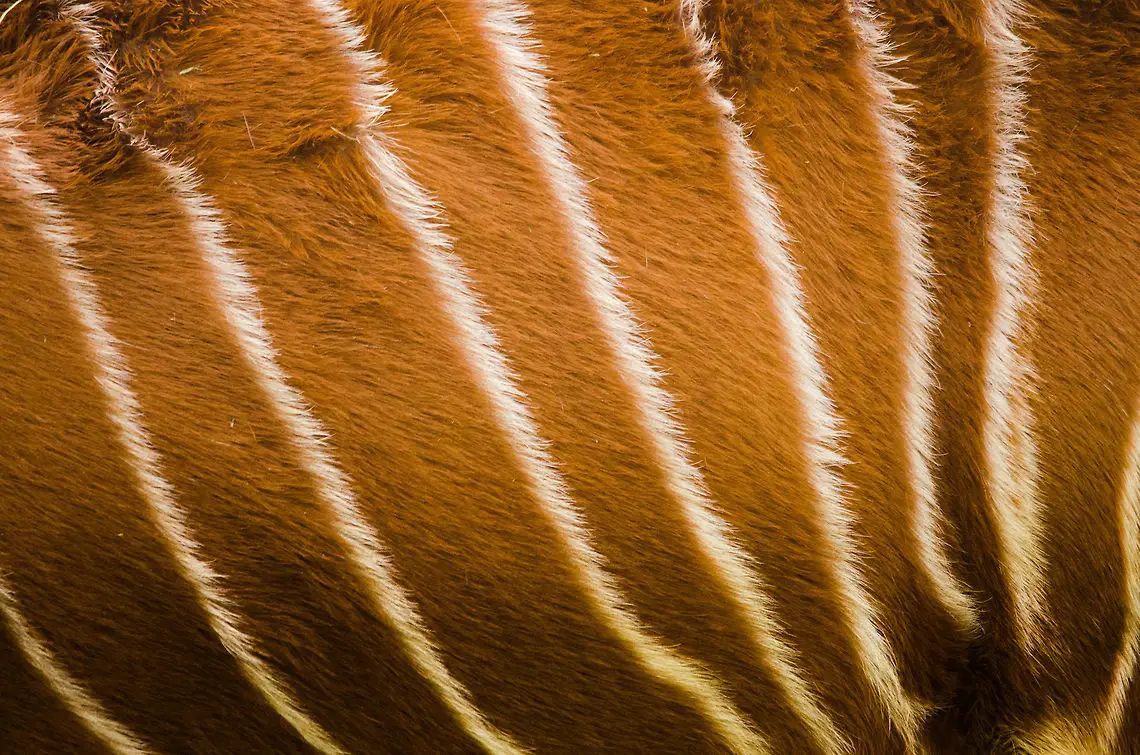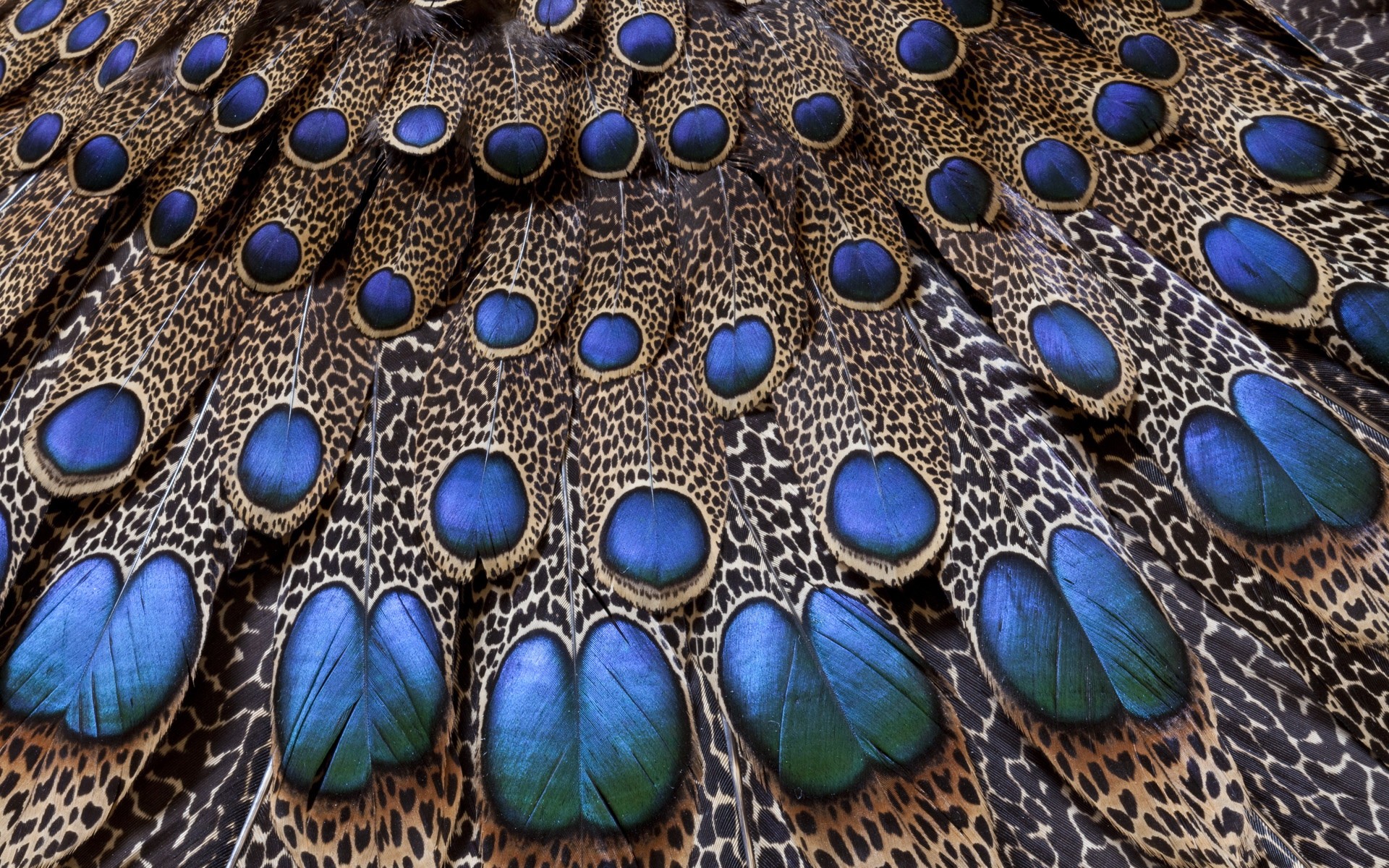Revealing Australia’s Exceptional Wildlife and Inspirational Conservation Initiatives
There are endless reasons to visit Australia, but one of the country’s biggest drawcards is its varied landscapes which are home to some truly unique wildlife. The country’s wildlife has evolved in isolation for millions of years, resulting in a fascinating array of species with distinct characteristics that make them unlike any other animals found elsewhere on the planet.
Most of us think of kangaroos or koalas when we think of Australian wildlife, but you’ll easily discover that these are but just two of the fascinating animals that are uniquely Australian. In fact, well over than half of the country’s species of birds, mammals, reptiles, and amphibians are endemic to the continent.
From odd animals like the spiky echidna and the platypus with its duck-like bill (both species which are egg-laying mammals) to colourful parrots and venomous snakes, Australia’s many national parks and reserves abound with a vast array of species. You have everything from giant crocodiles and great whites which are well-known, to adorable creatures you may have never heard of like quokkas, dunnarts, potoroos, and numbats.
Sadly, many of Australia’s species face various threats such as habitat loss, climate change, and introduced species. Conservation efforts are critical for ensuring the survival of these species so that ecosystems stay intact and future generations of travellers can continue to observe these incredible animals in the wild.


Exceptional Wildlife
Whether you’re into birds, mammals, reptiles, amphibians, or insects and spiders, Australia delivers. It’s hard not to fall in love with the koalas and grey kangaroos found along the country’s East Coast, the adorable yet feisty Tasmanian devil found only on the island of Tasmania, or the quokkas of Rottnest Island.
Birds are abundant throughout the country whether you visit the arid Outback which is also referred to as being part of the Australian rangelands, the lush rainforests of Far North Queensland, the coastal beaches and offshore islands, the many endemic birds found on Tasmania, or even simply within the large cities. From large majestic white-bellied and Wedge-tailed eagles to rainbow-coloured lorikeets, there are hundreds upon hundreds of species to seek out around the nation.
When it comes to kangaroos, you may be surprised to learn that Australia is actually home to over 60 species of kangaroo-looking animals. Known as macropods, they include your iconic larger red and grey kangaroos as well as smaller wallabies, pademelons, and even kangaroos that live in trees.
You then have burrowing wombats, wild dogs known as dingoes, fruit bats known as flying foxes, silly frill-necked lizards, and tall flightless emus. Marine life is also well represented, especially in places like the Great Barrier Reef. Australia’s seas are home to sea turtles, whales, dolphins, dugongs, seals, giant whale sharks, and more.


Biodiversity Hotspots
Australia is made up of around 700,000 species, many of which are endemic or unique to the country as we mentioned earlier. As for where Australia’s animals spend their time, there’s a rich tapestry of diverse natural hotspots scattered around the country that create habitats that are rich in biodiversity and collectively make Australia one of Earth’s megadiverse countries.
Biodiversity hotspots are regions with high levels of biodiversity that are also under threat due to human habitation and activities. In Australia, there are several areas that qualify as biodiversity hotspots due to their rich diversity of species and the conservation challenges they face.
Tropical North Queensland is home to the Wet Tropics rainforests, one of the oldest rainforests on Earth, as well as the Great Barrier Reef, one of the world’s most famous marine ecosystems. Threats include habitat destruction, climate change impacts on coral reefs, and water pollution.
Located off the coast of South Australia, Kangaroo Island is home to many unique and vulnerable species as well, including the Kangaroo Island dunnart and the glossy black-cockatoo. The island was severely affected by wildfires in recent years, leading to concerns about the survival of several species.


In northwestern Australia, the Kimberley boasts diverse landscapes, including rugged coastlines, savannas, and freshwater systems. It’s home to a range of unique species and has cultural significance for Indigenous communities. Threats include mining, invasive species, and altered fire regimes.
The Cape York Peninsula at the very top of Queensland contains a mix of ecosystems, from rainforests to savannas. It’s rich in plant and animal diversity, including many species found nowhere else. Land clearing, mining, and altered fire management are challenges here.
Southwest Australia is known for its high plant species diversity, including many endemic species. The Mediterranean climate and unique soils have led to the evolution of numerous plant adaptations. Threats to this hotspot include habitat loss, invasive species, and climate change.
These are just a sampling of Australia’s biodiversity hotspots and they highlight the importance of conserving the country’s unique biodiversity and the challenges posed by habitat loss, invasive species, climate change, and other various human impacts. Conservation efforts in these areas aim to protect both the rich array of species and the ecological services these ecosystems provide.


Community Engagement
Naturally, with such a rich landscape of natural resources and ecosystems to offer, conservation efforts across the country are substantial. Between conservation organisations like the Australian Wildlife Conservancy, Bush Heritage Australia, the Nature Conservancy and the Tasmanian Land Conservancy, conservation non-government organisations are the fastest growing sector in the National Reserve System.
Likewise, conservation efforts are bolstered by educational campaigns, citizen science and volunteers. If you are thinking about visiting Australia on a longer-term basis, you can even look to join a volunteer conservationist organisation yourself and Auvisa.org can help you select the right visa for your trip.


Looking to the Future and Potential Challenges
If volunteering has crossed your mind, rest assured there’s still plenty of work to be done with protecting and maintaining Australia’s vast natural beauty. The country currently faces a number of pressing issues including habitat fragmentation, an ongoing battle against invasive species, and impacts of climate change, all of which demand a huge amount of resources to manage.
Improvements to conservation efforts are ongoing, with a number of policy changes and increased international collaboration helping to stem the tide of threats to longstanding ecosystems. With few countries boasting as diverse and recognisable a portfolio of biodiversity, it certainly makes sense that we do everything we can to preserve Australia’s wildlife and natural environments for generations to come.



















